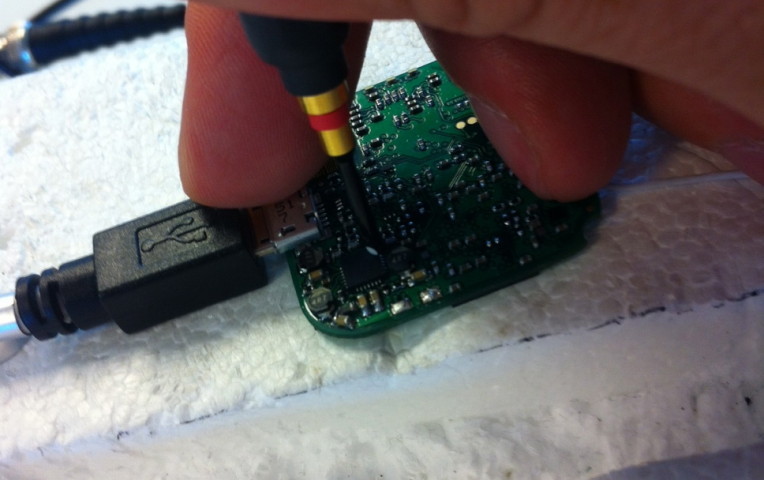By: Kitty Ireland, guest blogger
Lifelogging
Lifelogging is the process of capturing the idiosyncratic personal data that makes up a life, whether it’s expressed as an automatic photo log, as with Memoto, or as health and fitness data from a wearable device, or as a record of all of the places you go in your daily travels. It’s what we do to remember, to reminisce, to measure, and possibly to change the tracks of our lives.
Most everyone tracks something. If you track your spending, or the items crossed off of your to-do list, you’re lifelogging. If you update Twitter, or Facebook, or Instagram, you’re lifelogging. And whether they know it or not, most people with mobile phones are logging large amounts of data about where they go and what they do, at all times.
What can one person do to make sense of all of these disparate data streams? Is there meaning to be found when you look at all of the details of your life under a single lens? Corporations are scrambling to make a profit from “big data,” but there’s intrinsic, personal value to be had as well. A lifelog can become a remarkably honest and beautiful autobiography.
Going from terabytes of ones and zeroes to a coherent life story isn’t an simple proposition. Memoto applies innovative intelligence to identify meaningful moments from thousands of pieces of visual data recorded daily. To take a single thread – like a photo diary – and weave it into a personal narrative requires the right kind of glue: context.
Context
Context can mean many things: where you are, what you’re doing, who you’re with, the weather, your mood, your sudden craving for pickled herring. A truly meaningful lifelog uses as much context as possible, to tell the most complete story.
As lifelogging becomes ubiquitous, and technology advances to record more and more of our lives, understanding context will be the key to distinguishing the signal from the noise. This is why it’s so exciting to be working on an app like Saga. We’re doing more than simply recording location, and how you get from point A to point B.
There are a few methods we use to understand the whole story. There’s more about location data than GPS coordinates, and understanding not only where you are but also the kind of place it is – and how often you visit places like this – provides one piece of the puzzle. Other clues come from sensors in your smartphone or on your body, such as a BodyMedia armband. We can understand your routine and notice when you break out of your routine. We bring in third party data to add external conditions like hyper-local weather and traffic.
When you combine all of these inputs you begin to get a sense of context. Not only can you remember the name of that café on the Boulevard Saint Germaine, but you can remember your mood, how far you walked to get there, the moment it started raining, the book you were reading, how long you stayed, the bridge you stopped on after you left, all without writing anything in your Moleskine.
One day, I hope, it will be effortless to funnel all of my personal data into a contextual, meaningful lifelog. For now, I have Saga to cover most of the bases by keeping track of my travels and logging data from many of the other services I use.
About the author:
Kitty Ireland is Data Curator and outreach manager at A.R.O., Inc. in Seattle, WA. A.R.O. builds apps that help users lead happier, healthier, and generally more amazing lives, including Saga: the lifelogging app for everyone.


